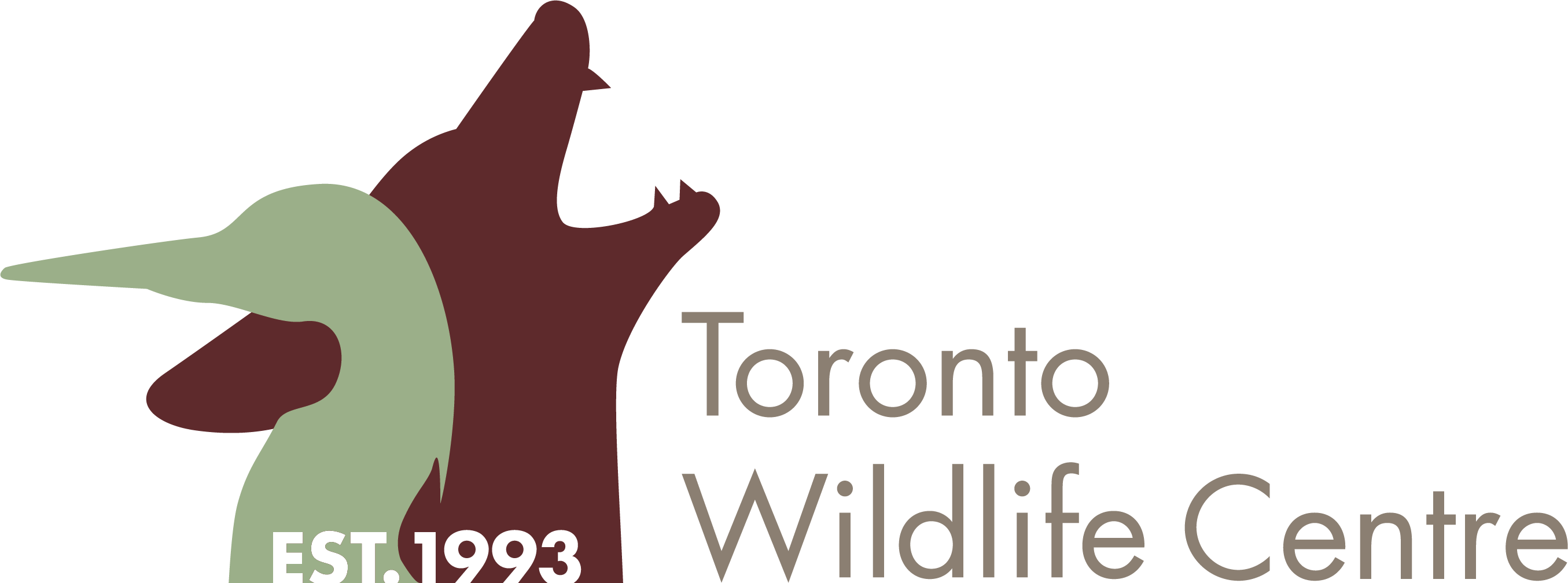Get the Baby Deer Contained
If, after speaking to a wildlife rehabilitator, it has been determined the fawn truly needs rescuing, you will need:
- A sturdy container, such as a large cardboard box, or plastic pet carrier appropriate to the size of the animal (the fawn should be able to stand up and turn around comfortably inside the container.)
- Never use wire cages (e.g. those used for dogs) to house fawns, as their legs can get caught between the bars, causing injury
- Soft bedding to line the container, such as a comforter blanket or towels
- A large blanket or sheet
Approach the baby calmly and quietly. Once you’re close enough, place a blanket over top of the fawn’s head and body to restrict their vision and movement, and to minimize stress.
Crouch next to the fawn and hug their body by wrapping one arm around their chest and the other around their hind end. The fawn’s legs should be inside the circle of the rescuer’s arms. This method may be familiar to some as the one used to lift domestic calves.
Lift the fawn high enough to place them inside the prepared container, taking care to stay as low to the ground as possible to minimize the animal’s stress.
Cover the plastic pet carrier with a sheet or other material to act as a visual barrier between the animal and people, or other stressful stimuli. The container should be placed in a warm quiet area, such as a heated garage or empty room, and absolutely no food or water given. White-tailed Deer have particularly sensitive digestive systems which require a special diet and eating incorrect foods can put them in danger.
Keep the animal contained in a dark, quiet place until they can be transported to a wildlife rehabilitator. Don’t give them any food or water. Further temporary care instructions can be found here.
Fawns who are 2 feet or more at the shoulder, or those who run or kick when approached are more difficult to catch and pick up this way. Fawns should never be chased, the stress of being chased can be dangerous to deer. In these cases, contact a wildlife rehabilitator for further advice.

